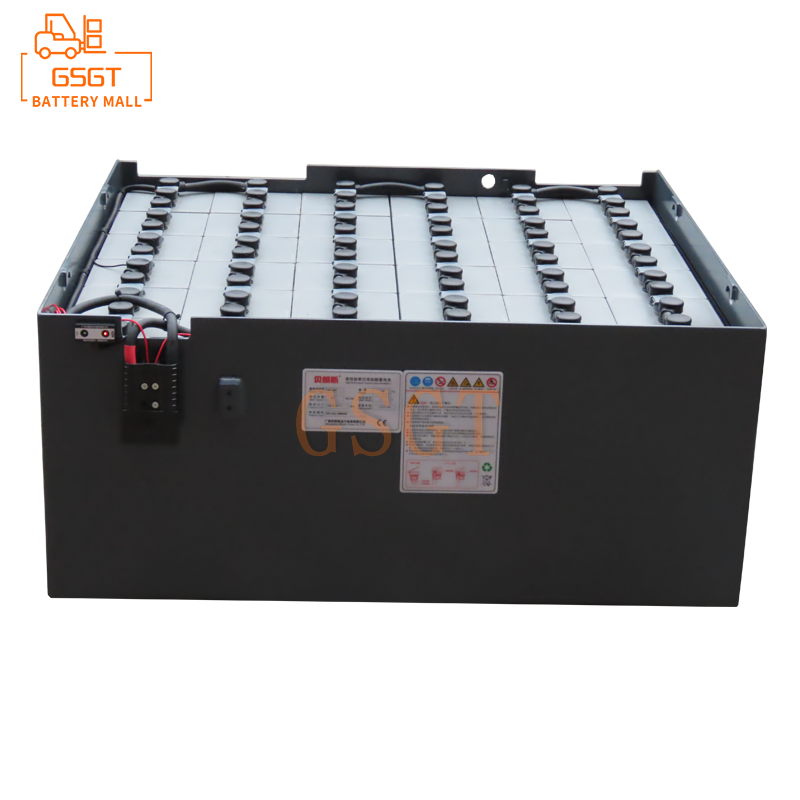Time:2025-03-20 10:34:17
Browse:623
1.Lead acid battery thermal runaway phenomenon and harm
In the field of energy storage, lead-acid batteries, with their advantages of low cost and mature technology, are widely used in uninterruptible power supplies (UPS), electric vehicles (early and some specific scenarios), and backup power supplies for communication base stations. However, the risk of thermal runaway is like the sword of Damocles hanging high, threatening its safe and stable operation. Thermal runaway refers to the phenomenon that during the charging and discharging process of lead-acid battery, the temperature of the battery rises sharply because the internal heat production rate far exceeds the heat dissipation rate, which leads to a series of vicious chain reactions. In case of thermal runaway, the battery shell may be softened, deformed or even broken due to high temperature, releasing sulfuric acid containing electrolyte, which corrodes the surrounding equipment and environment. In more serious cases, it may cause fire, causing major property losses and personal casualties, such as the communication base station due to the battery thermal runaway fire, will lead to communication interruption, affect the normal communication of a large number of users in the area, the consequences are unimaginable.
2. Thermal runaway triggers at the internal reaction level
● Gas extraction and heat production during charging
Late in the charge of a lead-acid battery, the positive pole has an oxygen evolution reaction (2H₂ O-4e ⁻ = O₂↑ + 4H +) and the negative pole a hydrogen evolution reaction (2H₂ + 2e⁻ = H₂↑). The gassing reaction will cause the gas pressure inside the battery to increase, while consuming water in the electrolyte, reducing the battery performance. More importantly, the oxygen evolution reaction is an exothermic reaction, and a lot of heat accumulates inside the battery. When the charging current is too large or the charging voltage is too high, the gas extraction reaction is intensified and the heat production rate is greatly increased. For example, in the fast charging scenario, if the charging device fails to accurately control the voltage and current, the heat production of gas will increase rapidly, laying a hidden danger for thermal runaway.
● Battery internal resistance change and heat accumulation
With the increase of the use time of the lead-acid battery and the increase of the number of charge and discharge cycles, the internal plate of the battery will appear vulcanization, corrosion and other problems, resulting in the increase of the internal resistance of the battery. According to Joule's Law (Q = I²Rt, where Q is heat, I is current, R is resistance, and t is time), an increase in internal resistance means that the internal heat production of the battery increases under the same charge-discharge current. For example, if the battery is working in a high temperature environment for a long time, the plate vulcanization speed is accelerated, the internal resistance is significantly increased, the heat production is far beyond the normal level, and the heat continues to accumulate in the limited battery space, prompting the temperature to gradually rise, close to the critical state of thermal runaway.
● Chemical reaction kinetics factors
The internal electrochemical reaction dynamics also affect the risk of thermal runaway. The increase of temperature will accelerate the rate of chemical reaction, and the heat production of electrochemical reaction will increase. When the battery temperature rises from the normal 25 ° C to 40 ° C, the electrochemical reaction rate may be increased several times, and the heat production rises sharply. At the same time, high temperature will also change the physical and chemical properties of electrode materials, such as structural changes of active substances, further aggravate the occurrence of side reactions, forming a vicious cycle of "temperature rise - reaction acceleration - heat production increase - temperature rise again", and eventually lead to thermal runaway.
3.External protection strategies deal with thermal runaway
● The key role of battery management systems (BMS)
BMS is the core of thermal runaway protection for lead-acid batteries. The temperature sensor monitors the battery temperature in real time, and when the temperature exceeds the preset safety threshold, the BMS immediately adjusts the charging strategy, reduces the charging current or voltage, and slows down the reaction between gas evolution and heat production. For example, when the battery temperature is detected to reach 45 ° C (different battery safety thresholds vary), the BMS automatically reduces the charging current from the high current of the fast charge mode to the trickle charging current, reducing internal heat production. At the same time, BMS can also monitor battery voltage, current and other parameters, by calculating the change of battery internal resistance, early warning of potential battery failure, to prevent thermal runaway caused by abnormal increase of internal resistance.
● Cooling design and cooling technology
Reasonable heat dissipation design is an important means to control battery temperature. Common air-cooled heat dissipation is carried away by a fan placed around the battery pack to force air flow. For example, the lead-acid battery pack of the communication base station uses a fan installed in the cabinet to discharge the heat generated by the battery outside the cabinet. Liquid cooling heat dissipation is more efficient, by setting a cooling pipe in the battery pack, the coolant circulates in the pipe, absorbs the battery heat and takes away. In electric vehicle applications, the liquid cooling system can effectively control the battery temperature within the appropriate range to prevent thermal runaway. In addition, passive heat dissipation structures such as heat sinks are often combined with active heat dissipation methods to increase the heat dissipation area of the battery and assist heat dissipation.
● Improved protection at the material level
In the battery shell materials, the use of high temperature resistance, flame retardant and high mechanical strength materials, such as modified engineering plastics, even if the battery internal thermal runaway, the shell can be maintained in a certain period of time to prevent electrolyte leakage and fire spread. For the electrolyte, new additives are developed to inhibit the gassing reaction, reduce the internal heat production of the battery, and improve the thermal stability of the battery. In terms of electrode materials, optimize plate formulation and manufacturing process, enhance plate vulcanization resistance and corrosion resistance, reduce the growth rate of internal resistance, and reduce the risk of thermal runaway from the source.
The risk of thermal runaway of lead-acid batteries is due to the complex internal electrochemical reaction process, which accumulates heat through various factors such as charging gas extraction and internal resistance change. The external protection strategy from the intelligent regulation of the battery management system, the efficient application of heat dissipation and cooling technology to the performance optimization of the material level, to build a comprehensive security line. Only by deeply understanding the mechanism of thermal runaway and comprehensively applying various protection means can we effectively reduce the risk of thermal runaway of lead-acid batteries, ensure their safe and reliable operation in different application scenarios, and promote lead-acid battery technology to continue to play an important role in the field of energy storage.

$1105

$3405

$4045

$1270

MESSAGE
Professional And Efficient
Security
Affordable Price
Professional Services